🎉New- take heed to the audio🎙️ model of this text🎉
Whereas the climate is beginning to cool, the dialogue round Ethereum’s future has heated up. Solana’s breakout yr and considerations over extractive L2s have shaken confidence in Ethereum. Whereas costs and the market stay stagnated, progress has come on the analysis facet. Beneath, Zhev appears on the MEV area from the attitude of order-flow auctions (OFAs), and evaluates what may effectively be the ultimate MEV boss: operating credible auctions on censorship-resistant blockchains.
Collectively, we’ve progressed quickly in the direction of the MEV-mitigating goals set out by Flashbots and co-opted by Ethereum. Actually, the success of Flashbots – virtually the face of MEV on Ethereum – implies that the illumination of the dark forest aim has nearly been met. The opposite two – democratization of conscious extraction, and the distribution of advantages – are additionally seeing extra daylight. Nonetheless, there stays extra work to be completed earlier than Ethereum reaches the MEV utopia, the place leakage is minimized at each stack of the protocol.
The simplest gotcha for MEV on Ethereum is that the majority auctions are completely offchain and centralized. Because of this the protocol can’t give any ensures concerning execution to any participant in such auctions. Slightly, ensures are bestowed by a second agent who’s extra privileged within the mechanism.
That is most clearly illustrated with Order Circulation Auctions (OFAs). Such auctions have been purported to be an answer to the issue of worth distribution, a means for customers to recapture the worth they’re chargeable for creating by operating an public sale antiparallel to MEV-Enhance, or any such related PBS auctions. And whereas OFAs have enhanced consumer welfare, there are different points. OFAs depend on trusted intermediaries who’re finally on the behest of the oligopolistic builder market, which has proven willing to censor transactions as they please. As such, efforts have to be made to make sure that block producers aren’t capable of affect functions’ transactions and alter them in their very own favor.
This finally signifies that new OFA designs which are decentralized are wanted. And extra importantly, so is credible infrastructure with censorship resistance to run these OFAs, be it SUAVE and FOCIL or the newly launched BRAID – which might introduce a number of proposers to the Ethereum protocol. Though SUAVE and a Flashbots/Ethereum-aligned future appeared just like the inevitable MEV endgame, the route that brings a number of proposers to Ethereum appears just like the surprising favourite.
In a previous article, we evaluated a number of the emergent OFA platforms on the time, which function trusted intermediaries between extractors (searchers and builders) and customers underneath the PBS framework.
Earlier than we transfer on, it’s essential to notice that the majority performant OFAs so far – similar to UniswapX, CoWswap, and the like – are application-specific (on this case, they provide OFAs for commerce/swap execution). This implies they don’t seem to be generalizable MEV infrastructure however particularly designed to stop frontrunning retail merchants, so whereas helpful, it’s not a long-term constructing block that provides the programmability of say a sensible contract. This additionally doesn’t even consider different ache factors similar to the price of bootstrapping a solver community that truly prioritizes consumer welfare (promise you received’t entrance run anybody, bro), and the disadvantages that include a siloed solver community.
There’s additionally the issue that the majority OFA platforms thrive on a cost for order circulate (PFOF) or unique order circulate (EOF) mannequin. Right here, user-facing functions similar to RPCs, pockets suppliers, and decentralized functions obtain funds from extractors for unique entry to the customers’ orders, a form of vertical integration.
So then, we now have two key issues:
-
the proliferation of backroom offers and a PFOF mannequin that is not optimum for consumer welfare.
-
block producers (builders and proposers) can censor transactions which pay them solely a minimal portion of the transaction’s extractable worth. In different phrases, the bottom protocol’s low value of censorship.
To beat the primary drawback, application-agnostic/generalized OFAs are being designed with the aim of being applied as a portion of the protocol’s execution logic (identical to MEV auctions), in order that functions can simply implement OFAs with decrease overheads. This may finally redefine how consumer welfare overlaps with inclusion/execution ensures.
The overarching drawback of conducting offchain auctions is that the disincentive for predatory conduct is not native to the system, however moderately enforced by means of loss to fame and/or mounted penalties utilized by a (centralized) authority.
Additionally, in addition to different elements (similar to participation prices) which invariably result in an undesirable oligopolistic extractor regime in MEV markets, the PFOF mannequin is unavoidably oligopolistic, as demonstrated by the increasing oligopoly of market making in TradFi by HFT firms.
This oligopoly is not achieved by means of truthful competitors amongst extractors, the place they optimise for options and consumer welfare. Slightly, by way of backroom offers which the consumer would not essentially profit from, and won’t even pay attention to. Actually, 80% of block builder revenue comes from personal order circulate – so why take away the punch?
With a purpose to cease this suggestions loop, work have to be completed to introduce extra competitors and decentralization in each the OFA market and within the block builder market.
An important factor to repair is the centralized builder market, which prevents MEV auctions from being run onchain. We’ll focus on that in additional element under, however needed to focus on two promising OFA designs, MEV-Share and Atlas, which make enhancements on two key areas: privateness and utility sovereignty.
The first design distinction between MEV-Share and Atlas lies in the place the public sale’s inclusion ensures circulate from. The previous depends on ensures from block builders to be credible, so decentralization and competitiveness of the builder set is essential, which Flashbots says is why they’re constructing SUAVE.
In the meantime, Atlas chooses to make use of an Entrypoint contract, akin to ERC 4337, to get direct entry to an alternate mempool (known as ‘ops relay’) hosted by an get together. This distinction within the supply of the inclusion assure permits Atlas to be way more versatile, because it would not want a PBS-supportive protocol to be performant. Nonetheless, this comes at the price of its fuel effectivity since there’s quite a lot of verification to be completed onchain.
These designs enhance consumer welfare, however finally, they may solely work if there may be credibly impartial infrastructure to run these auctions.
In “credible, optimal auctions via blockchains” Tarun et al. look at the consequences of blockchains and cryptography on credible auctions. The notion of credibility on this context is predicated on Akbapour’s work the place a reputable public sale is outlined as one by which the auctioneer’s (vendor’s) income is best off after they observe the described mechanism. The outcomes from Tarun et al. present that censorship-resistant blockchains gas credibility.
The query is can a blockchain run a good, high-value public sale whereas sustaining censorship resistance? Within the present setup, Titan, rsync and beaverbuild (the three largest block builders on Ethereum) have a privileged place for any onchain public sale and can merely censor any transaction from an public sale that tries to redistribute MEV they’ve dutifully earned. This can be a big impediment to efforts to cut back LVR and the CEX-DEX arbitrage. Thus, any credible OFA would solely turn out to be totally performant when there are ensures of truthful inclusion and censorship resistance in opposition to all odds from the blockchain.
The prevalent questions, then, are (a) how can Ethereum (or one other blockchain) present these ensures? and (b) in what methods can the facility of a block producer be restricted to make sure there isn’t any capacity to censor?
There are two paths rising for the place the market will go. The primary is a continuation of the MEV mitigation and redistribution technique of the final 4 years, which has been led by Flashbots. And the second path tries to repair the supply of MEV privilege by eradicating the proposer monopoly completely.
Flashbots launched with a cost to “frontrun the MEV crisis”. This was a tacit acknowledgement that they weren’t going to repair the disaster, however moderately construct extractive instruments after which work out tips on how to make them truthful.
SUAVE (or the Single Unifying Public sale for Worth Expression) is the endgame for this imaginative and prescient, a blockchain that may be a decentralized block builder for any EVM chain.
SUAVE extends MEV-Share’s programmable privateness to execution environments which might use it as a decentralized block builder, or perhaps a shared sequencer. It makes use of “TEE-kettles”as confidential compute enclaves, and runs as “SUAVE chain” powered by Clique’s proof-of-authority consensus protocol. SUAVE intends to be the credible infrastructure for MEV auctions, primarily turning into the house of all MEV extraction, however with the upside that it’s being run on a decentralized blockchain, moderately than the opaque MEV provide chain of at the moment.
This strategy offloads the issue of censorship resistance to a distinct setting than the L1, which implies Ethereum’s censorship-resistance can be depending on one other chain.
To shore up its censorship-resistance, Ethereum researchers have proposed inclusion lists. Whereas the specs differ between designs, the essential premise of inclusion lists is to permit the proposer to forcefully embody some transactions of their slot (or a future one!), doubtlessly in opposition to the needs of a censoring builder.
FOCIL takes this a step additional to maneuver the manufacturing of an inclusion listing from the slot’s proposer, to a leaderless committee of validators chosen randomly. For each slot, a random set of validators produce a native inclusion listing from transactions within the mempool, which have to be included within the subsequent block.
This design is extra of a patch over one of many many leaks of PBS on Ethereum, and the factor with patches is that they largely do not final. The staff at init4 tech additionally just lately confirmed that forced inclusion doesn’t prevent censorship of most DeFi transactions. FOCIL could also be helpful nevertheless it is not going to tackle the builder monopoly.
So path one is the place Ethereum implements one thing like FOCIL on the protocol degree after which depends on SUAVE to decentralize its block constructing market.
Flashbots and the Ethereum Basis have each agreed to work to externalize MEV auctions exterior of Ethereum, however that standard knowledge is starting to fray with the emergence of multiple-concurrent proposer (MCP) designs and BRAID.
With a number of proposers, moderately than having a single proposer append blocks for each slot, the protocol implements a leaderless scheme by which not less than two proposers are chargeable for producing the payload to be executed for the slot. This removes the monopoly a single entity has on inclusion and permits the protocol to show a dearer value of censorship at each slot, greater than it might have in a leader-based scheme. That is as a result of statement {that a} single slot with Okay proposers achieves the identical value of censorship that may require Okay slots on a single proposer chain.
The work of Max Resnick on BRAID has once more sparked curiosity within the subject as a viable means for rising the censorship resistance/value of censorship of a protocol. Whereas the specs are nonetheless being fleshed out in actual time, BRAID and its multiple-proposer structure is a wrecking ball to the present Ethereum roadmap and its PBS structure (it’s seen as a direct alternative to FOCIL). After being introduced final month, BRAID shortly gained assist from Dan Robinson of Paradigm, which is notable given their funding in Flashbots, and SUAVE by extension. Not everyone from Paradigm is on board nevertheless, and it appears like SUAVE will compete with BRAID for what’s going to finally be the long-term answer for MEV mitigation. Max was even on Bankless twice in six weeks making an attempt to shift the Ethereum mindshare (and it seems to be working – at least on the “Are L2s extracting?” discussion).
There’s additionally been different criticism of BRAID, which is aimed toward its concept of a leaderless scheme for consensus. In such a system, there needs to be some allowance for latency, in order that proposers can obtain some extent of simultaneous launch. A brief length would result in missed slots and potential liveness failures. However longer ones would expose the last-look drawback, the place brokers can delay with a purpose to view the blocks launched by different proposers and doubtlessly grief them.
If applied, BRAID would upend the MEV provide chain. There would nonetheless be leakage however not a transparent actor within the system who may exploit it. This may imply extra redistribution based mostly on aggressive dynamics moderately than goodwill.
MEV has confirmed such a vexing (and fascinating!) drawback to resolve, we frequently overlook why it’s so damaging to consumer welfare within the first place. Customers now worry transacting onchain due to the predatory conduct of MEV. Certainly, if it’s important to belief somebody, why not go for CEXes? They’re extra pleasant than the creatures of the darkish forest. That sentiment is not going to change in a single day, however the work being completed now provides utility builders the instruments and infrastructure to make MEV invisible with out new centralization dangers.
This may be an enormous step ahead, however wouldn’t it finally repair the issue of personal order circulate?
In all probability not. However it is going to repair unique order circulate the place entrenched builders buy circulate and additional cement their builder monopoly. As an alternative, and not using a centralized builder market, the issue of personal order circulate turns into a query of greatest execution for utility builders.
With credible infrastructure to run auctions that can not be censored by block builders, functions and different transaction originators shall be extra answerable for their MEV provide chain. This implies they’ll need to turn out to be more adept at bundling transactions or outsourcing to 3rd get together builders who do. The function of tightly packing blocks will nonetheless be wanted however completed by distinct actors at totally different components of the availability chain.
-
USDS and SKY launch on Ethereum, finishing MakerDAO rebrand Link
-
Centrifuge launches new institutional RWA Morpho market on Base Link
-
Visa releases new dashboard on stablecoin utilization Link
-
Home lawmakers conflict at DeFi’s first congressional listening to Link
-
Coinbase’s cbBTC reaches $120m one week after launch Link
-
SAFE proposes native swap payment Link
-
Doppler, a liquidity-bootstrapping hook design on high of Uniswap v4 Link
-
Atlas, a high-performant DeFi Ethereum L2 based mostly on SVM, launches testnet Link
-
ZKsync declares onchain governance system Link
That’s it! Suggestions appreciated. Simply hit reply. Nice to be again after a restful summer season!
Dose of DeFi is written by Chris Powers, with assist from Denis Suslov, Zhev and Financial Content Lab.







